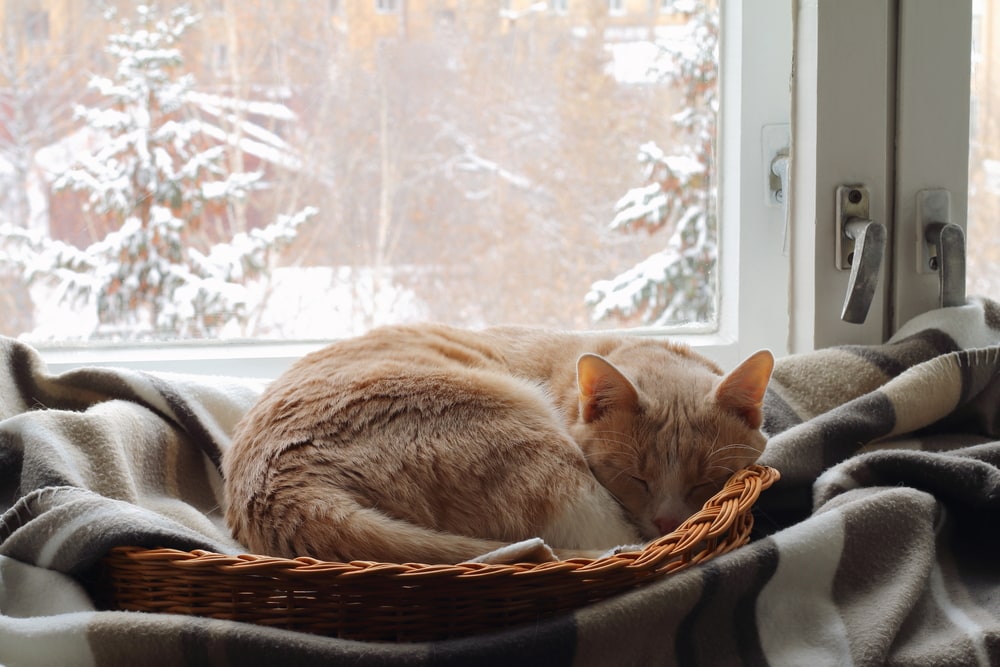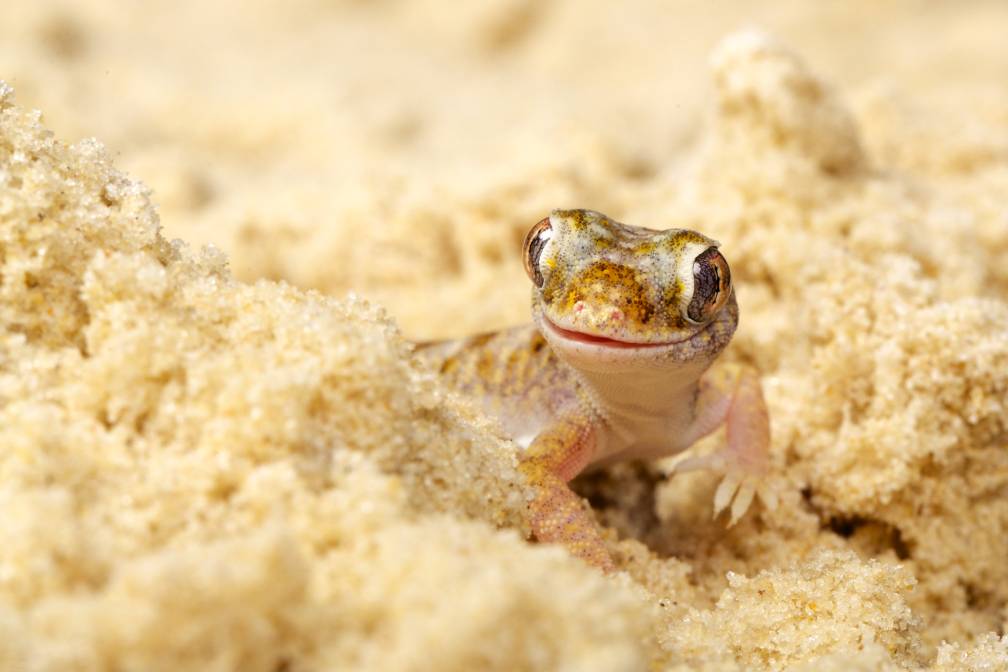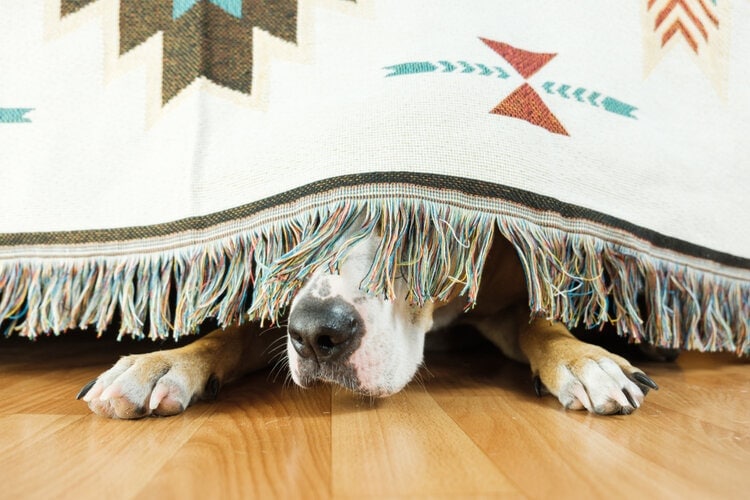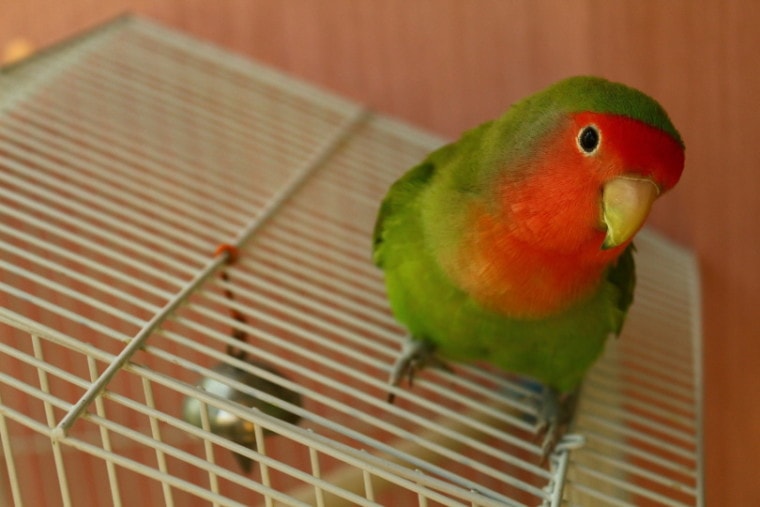
Lovebirds are members of the parrot family, and if kept in pairs (as they should be!), they will mate for life. It is this unique lifelong bond and attachment to their owners that gives them their name. Lovebirds are intelligent, lively birds that can live for up to 15 years, and as such, they are a big commitment.
With the lovebird’s long lifespan and lively temperament, they’ll need a cage that can provide a space big and comfortable enough to cater to their unique needs and help keep them healthy, happy, and long-lived.
In this article, we’ll go through the steps that you need to take to choose the right cage size.
Before You Start
Lovebirds should not be kept with other parrot species, as they can be fairly territorial and defensive of their home and their mate and will likely end up fighting with another species. They should ideally be kept in bonded pairs but can be kept alone if given adequate attention. In this case, they’ll bond strongly with their human owners and need a ton of interaction and attention.
Lovebirds are highly active animals and as such, need plenty of space to play in, with multiple perches, stands, and loads of toys. Also, since they are ideally kept in pairs, they’ll need even more space than most other parrots.
Minimum Cage Size Requirements
Lovebirds are highly active animals that are usually kept in pairs, so the bigger the cage that you can provide for them, the better. For a single lovebird, the minimum size recommendation is 18x18x18 inches, and for a pair, you should aim for more than double that size or at least 24x18x24 inches. Lovebirds enjoy flying around, so you are better off getting a long, rectangular cage rather than a traditional vertical parrot cage.
Remember that you’ll also need to provide them with perches, baths, and toys, so the cage needs to be large enough to fit all these accessories and still provide enough flying space. Again, bigger is always better.
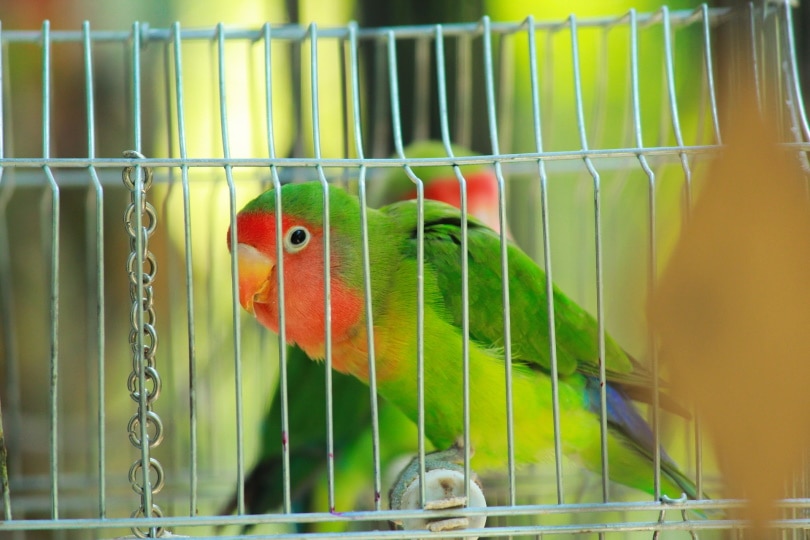
Safety
Not all bird cages are suitable for lovebirds, and we recommend purchasing a cage specially designed for lovebirds or other small parrots like budgies. The spacing of the cage’s bars is extremely important and should be tight enough that your lovebirds cannot squeeze through and escape or get stuck. Wire cages are best because your lovebird cannot chew through the bars, and the spacing should be at most ½ an inch apart.
The bars should also run exactly parallel and not converge at any point. Your lovebirds may slide down the bars and get stuck in the convergence point, potentially injuring them. Also, be sure that the cage you buy is free from any potentially toxic materials, as these birds love to chew, and make sure there are no sharp edges that can potentially injure them.
Before buying, check that the cage doors have secure locks—lovebirds are clever animals that can easily learn to open unlatched doors.
Accessibility
The cage you purchase needs to be easily accessed for cleaning and feeding, with separate doors for each. Typically, the feeding door will be small and just big enough to give your birds food, and the cage should have a larger door for cleaning and adding and removing toys or baths.
We also highly recommend purchasing a cage with a removable tray at the bottom. This will vastly simplify the cleaning of your bird’s cage because you can simply slide the tray out for cleaning rather than have to remove everything from inside the cage. You can line the cage with newspaper for even simpler cleaning.
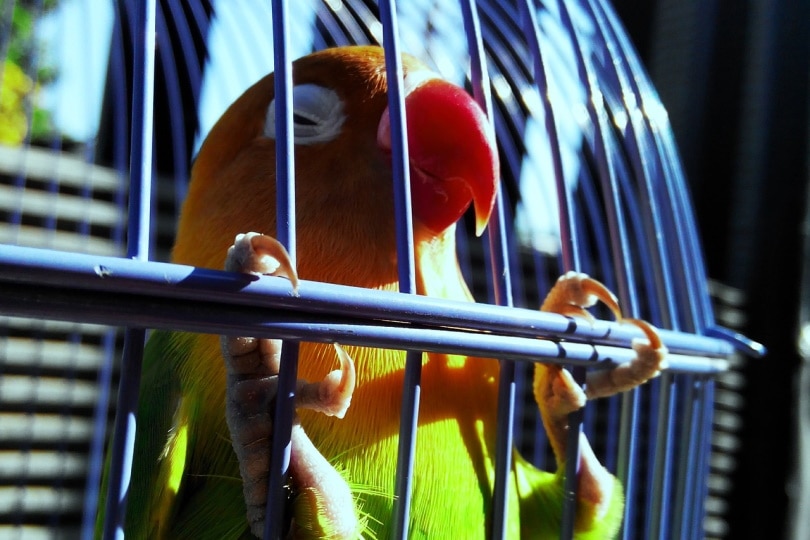
Location
Before purchasing your Lovebird cage, figure out where it will be located in your home. This will help you narrow down the size that you can manage, and you can then purchase the right cage size accordingly.
Your lovebird’s cage should be away from direct sunlight and not too close to windows but still exposed to natural light and have plenty of airflow. Your lovebird is a social creature that loves to be close to their owners, so try and keep them where they will be a part of your home’s daily activity. Lastly, their cage should be located up high up and away from the other pets in your home.
We also recommend purchasing a cage cover to help your birds feel safe and secure at night. This cover should be specially made for bird cages. Don’t use towels or bedding, as your bird’s claws can get stuck in the fibers.
Furnishing
Your lovebird’s health and happiness depend on having plenty of space to fly around in and the mental and physical stimulation that they get from toys and perches. They’ll need at least two or three perches of different sizes and textures, and these should be made from wood, branches, rope, or wooden dowels. They’ll also love swings, chew toys, and puzzles, and they will also need water and food bowls, all of which take up space.
All these accessories need to be taken into account when choosing the right cage size for your lovebirds, and the more birds you have, the more accessories you’ll need, and in turn, the larger the cage you’ll need.
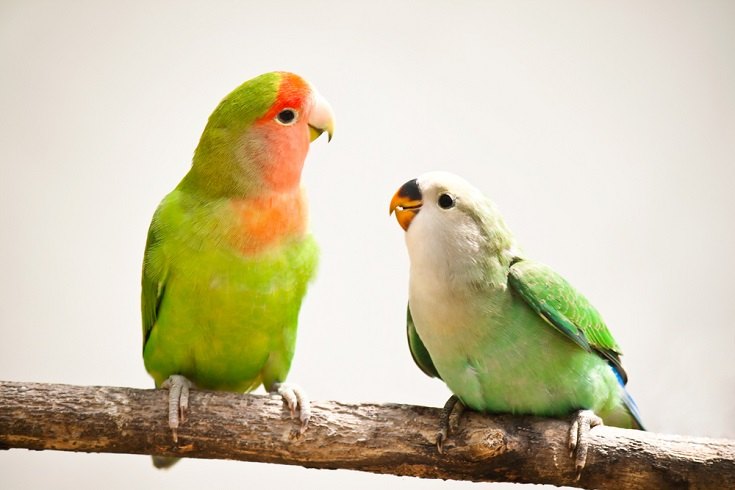
- Related Read: How Much Does It Cost to Own a Lovebird?
Conclusion
Housing a lovebird is not difficult, and it doesn’t take much to give your lovebird an environment where they can thrive. Aim to get the biggest cage that you can manage, make sure the bars are closely spaced, and get one that is horizontal rather than vertical to give them enough space to fly.
With all these requirements covered, your lovebird should be able to live a long and happy life!
Featured Image Credit: Denis Velicanov, Pixabay



